How To
All posts
How To: Giving and Receiving Feedback
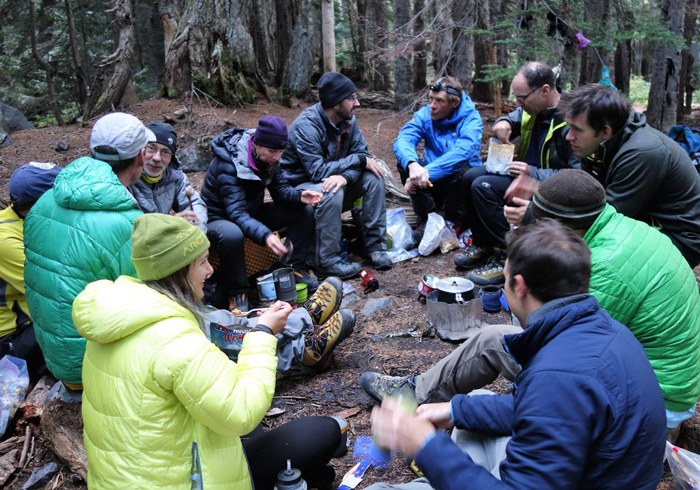
Giving and receiving feedback is an integral part of our organizational culture at The Mountaineers. From staff, to volunteers, to members, we strive to create a healthy loop of feedback that allows us the opportunity to continually evaluate, assess, and improve our programs! Read more…
How To: Extended Rappel with Autoblock
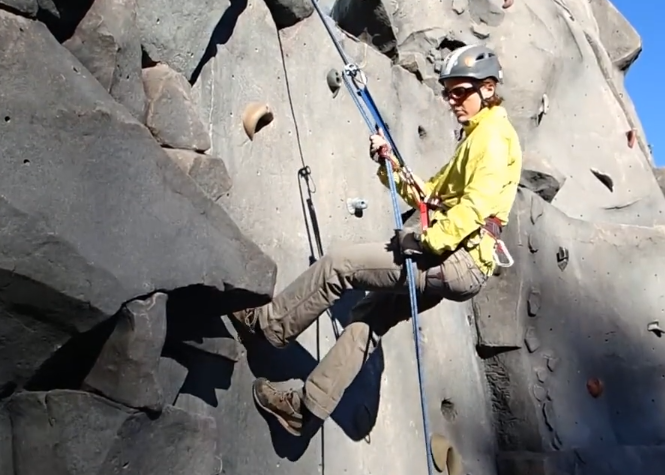
Extending your rappel, when done safely, offers many advantages including improved ability to manage the autoblock, and convenient set up of saddle bags if needed.
Check out other climbing how-to guides!
How To: Crevasse Rescue
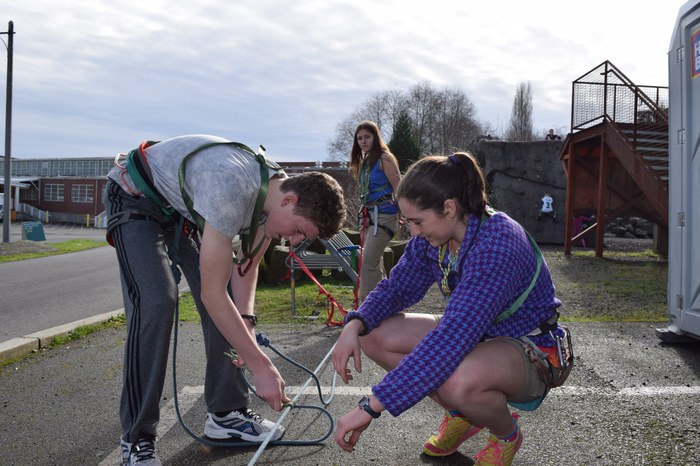
When a climber on your rope team yells "Falling!", drop in to self-arrest and stop the fall immediately! Once the fall is stopped, follow the following steps: Read more…
How To: Belaying - A Friction System
Belaying - a friction system
One of the first important safety skills a climber must learn is how to belay. Belaying is a way of managing the rope, using friction created by bends in the rope around a carabiner and either a hitch or belay device, so that should the climber fall, the rope, and you, will halt the fall, keeping the climber safe. Check out this video from Climbing Magazine which illustrates great belay technique.
How To: Belay Escape
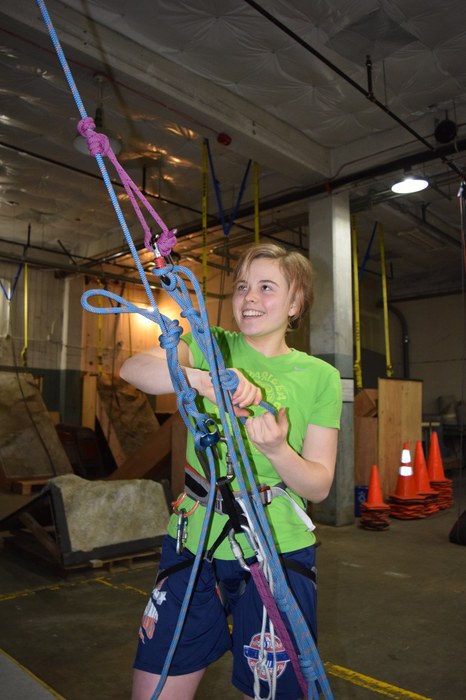
If a climbing partner is seriously injured, and there are limited resources to get help, it may be necessary to tie off the climbing rope to remove yourself from the belay system, so you can investigate, help your partner, or go for help. Read more…
Peak Performance: Training with Back-to-Backs for Backpacking Trips
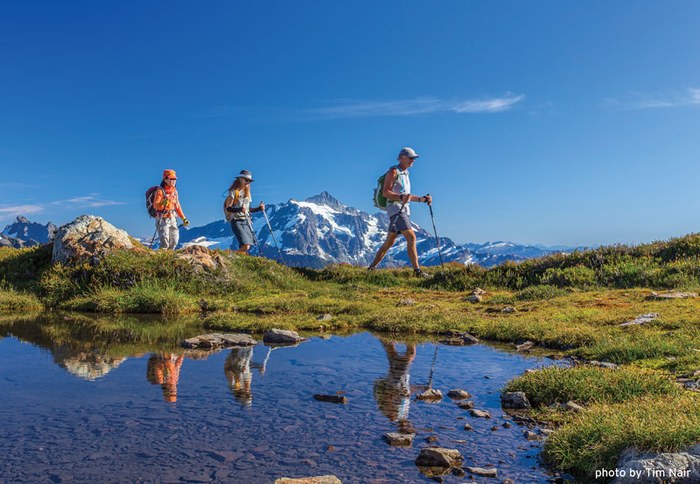
When getting ready for a multi-day adventure, the best way to train is through “back-to-back” weekend outings. Carry a weighted pack, two days in a row, while training and your backpacking, climbing, scrambling or sea kayaking adventures will be that much more comfortable, so you can focus on the scenery rather than your muscles. Read more…
Peak Performance: Snow Prep with Triple-Rep Squats

With winter here, and snow in the mountains, your land-based training for the should include strengthening exercises for the quadriceps, particularly if your plans call for snow fun like skiing, snowboarding, or snowshoeing. Read more…
How To: Extended Rappel and Updated Belay Techniques
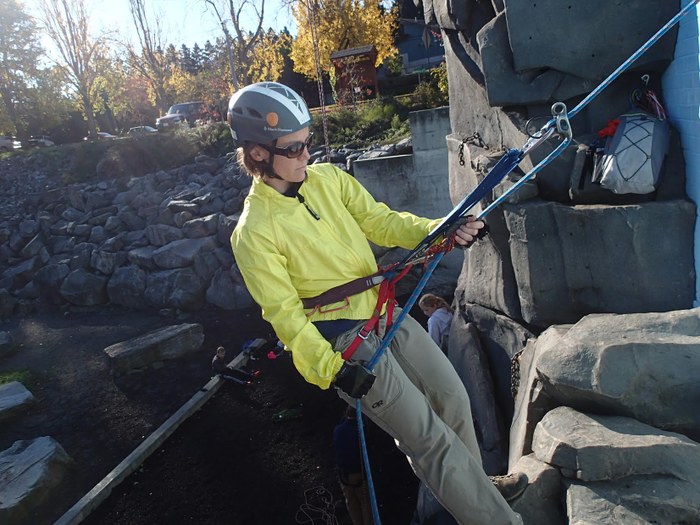
On a scholarship from the Seattle Climbing Committee, two volunteer Mountaineers leaders attended an American Mountain Guide Association (AMGA) single pitch instructor training course. As a result, they returned with techniques and methods that were presented and adopted by the Seattle Climbing Committee: (1) the extended rappel and (2) the pull, break, under, slide belay technique. Want to learn about these techniques? Read what Abby Hunt and Stef Schiller learned.... Read more…
How To: Screening Participants for Safety
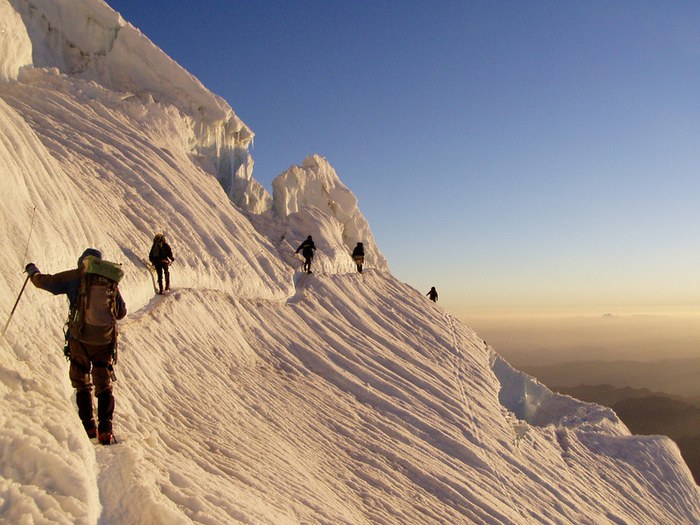
Our leaders often ask about the “best” ways to screen participants in advance of their trips. We want to be inclusive of our whole community - half the fun of a Mountaineers trip is the opportunity to meet new people! - but as leaders, we also have an obligation to keep the group safe. Not every member is suited for every trip! Read more…
That time you were missing one of the Ten Essentials
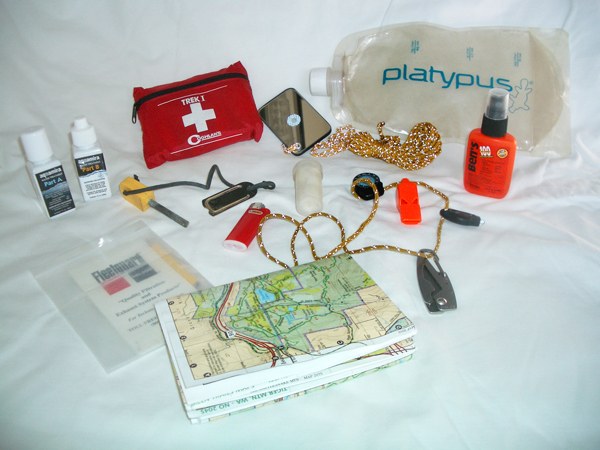
The need for the Ten Essentials is not apparent until something goes wrong. Maybe you're surprised by darkness, weather, or a slow partner, or an injury slows or prevents travel. Whatever happens, the lack of an Essential can result in death. Read more…
Conditioning for Outdoor Enthusiasts 50+
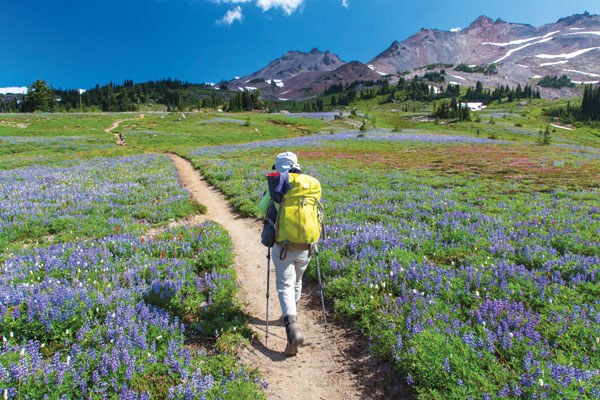
As an outdoor enthusiast nearing fifty, I’ve noticed my balance and coordination aren’t what they used to be several decades ago. Both of these are important for hiking, climbing, backpacking, trekking, skiing, and mountaineering. Try this exercise to help restore balance and coordination for any age or ability level. Read more…
How To: Follow A Climbing Code
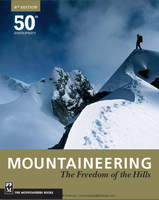 Many years ago, The Mountaineers devised a set of guidelines to help people conduct themselves safely in the mountains. Based on careful observation of the habits of skilled climbers and a thoughtful analysis of accidents, those guidelines have served well not only for climbers but for all wilderness travelers. Read more…
Many years ago, The Mountaineers devised a set of guidelines to help people conduct themselves safely in the mountains. Based on careful observation of the habits of skilled climbers and a thoughtful analysis of accidents, those guidelines have served well not only for climbers but for all wilderness travelers. Read more…
Everything You Need To Know Before Hitting The Crag
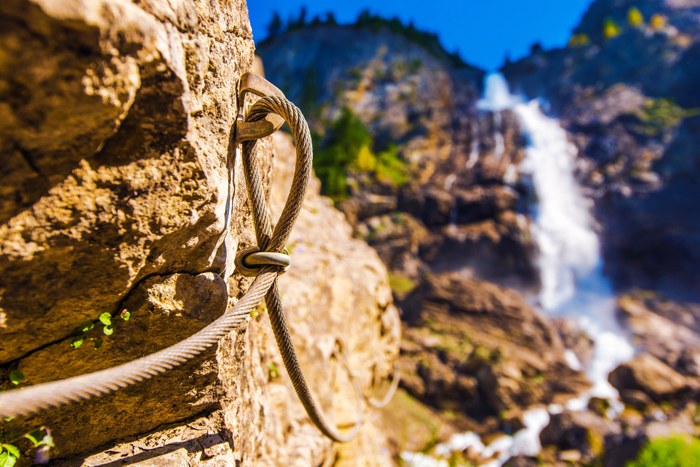
Dogs at the trailhead, belayers in lawn chairs, long lines queued up at the classics in Eldorado Canyon — the crags seem more crowded and more crazy than ever. In fact, according to the Outdoor Industry association, in the United States more than 3.6 million people participated in climbing in 2011. Many of these new climbers are entering outdoor climbing solely through rock gyms, without having the opportunity to apprentice with an experienced friend or mentor— resulting in climbing accidents and conflicts. How do you become a responsible crag citizen? Read more…
